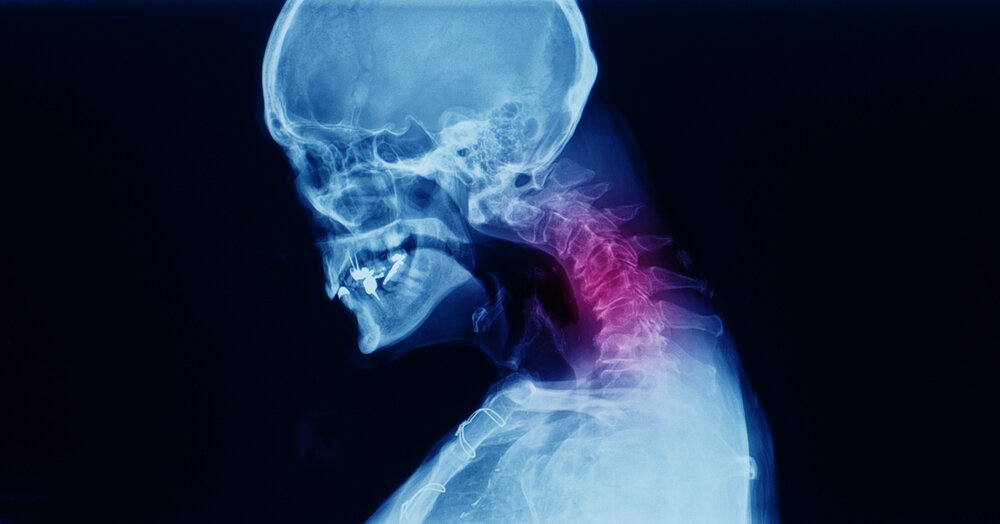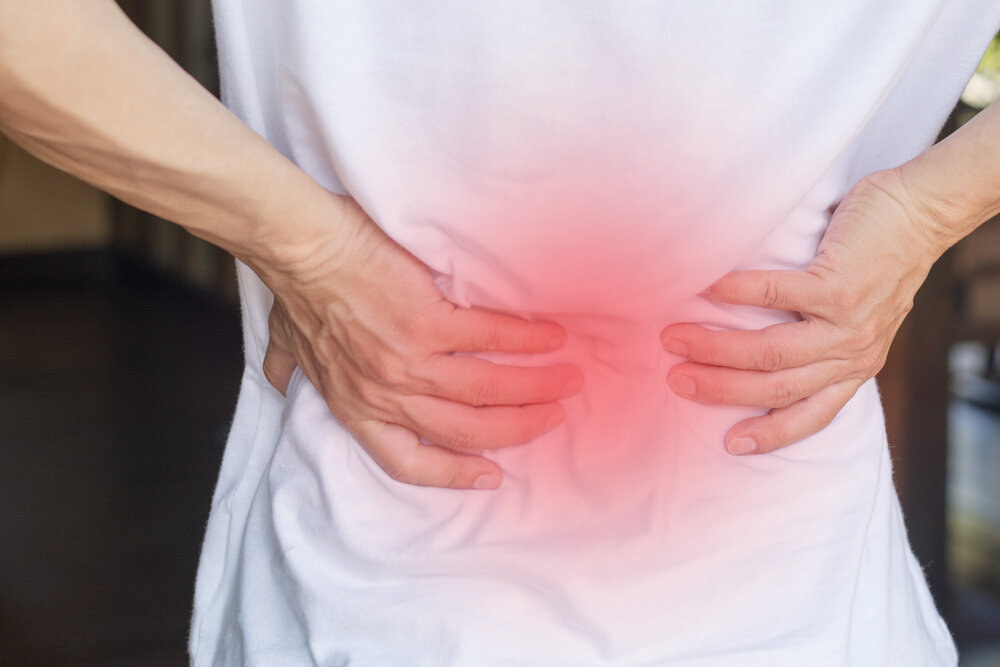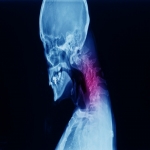
The clinical definition of when a cervical spine nerve root becomes inflamed or injured is cervical radiculopathy, resulting in a shift in neurological function. Neurological defects can radiate into the arm, shoulder,fingers or hand anywhere from the neck, such as numbness, altered reflexes, or weakness. Tingling and/or discomfort from pins-and-needles, which can range from achy to shock-like or burning, can also radiate into the arm and/or hand.
Cervical Radiculopathy of the Nerve Roots
The cervical spine has 8 cervical nerve rootpairs, from C1 to C8. These cervical nerves then branch out further to provide muscles that allow the shoulders, arms, hands and fingers to function. They often hold sensory fibers that supply sensation to the skin.
When a nerve root is inflamed or weakened because of a bone spur or herniated disc, such as from spinal degeneration over time or an accident, the most common causes of cervical radiculopathy are. Several other common reasons of cervical radiculopathy, such as infection or cancer, are likely.
When Severe Cervical Radiculopathy Is
Cervical radiculopathy may continue to worsen, despite treatments, with numbness and/or weakness getting worse. The longer the shoulder, arm, or hand lasts in numbness and/or weakness, the more likely these deficits will become permanent or lead to paralysis. In order to decompress the nerve, surgery may need to be considered when nonsurgical therapies fail to effectively control the symptoms and nerve compression has been verified.
How Is It Feeling?
Depending on the nerve root involved, signs of cervical radiculopathy differ and usually occur on the same side of the body as the affected nerve. Symptoms can include the following:
-
Neck, shoulder blade, shoulder, upper chest, or arm pain, with pain that may radiate through the fingers following the nerve root route involved.
-
Pain in the cervical region is described as "sharp" or "pins-and-needles" or "popping sensation".
-
A general dull ache or numbness somewhere along the nerve pathway.
-
Shoulder, arm, or hand weakness.
-
Pain that deteriorates with some motions of the neck.
-
Pain which increases when the arm is raised over the head.

How to Support a Physical Therapist?
Pain Management - The first aim is to reduce the discomfort in the region and inflammation. Ice packs applied to the neck and scapular (shoulder blade) area help minimize inflammation for the first 24 to 48 hours after the onset of pain. During this time cycle, heat can be utilized to help the muscles to relax. The physical therapist may suggest you at times during the day wearing a soft cervical collar, to allow the neck to relax. To better support the neck, and allow you to sleep more comfortably, a cervical contoured pillow may be recommended.
Strengthening Exercise - Based on which spinal nerves are involved in your particular case, your physical therapist will help you decide which muscle groups need to be improved. You can start more vigorous strengthening exercises when pain no longer radiates down your arm. Neck stabilization exercises (strengthening) will also be conducted. To continue strengthening your spine, shoulder, arm, and upper back long after your formal physical therapy has finished, you will receive a home-exercise program.
Functional Training - Your physical therapist will focus on practical exercises to help you return to your career, sport, or other normal activities while your symptoms improve. For example, if overhead reaching, pushing, pulling, and long sitting periods are needed for your job duties, you will be taught ways to perform these tasks to minimize undue neck stress.
See us at Neuroscience Specialist for cervical radiculopathy specialist. In OKC, we cover neck and back problems, spine issues and more.
**Disclaimer- Information presented here is not intended to be qualified medical advice. Nothing expressed herein creates a doctor-patient relationship.

